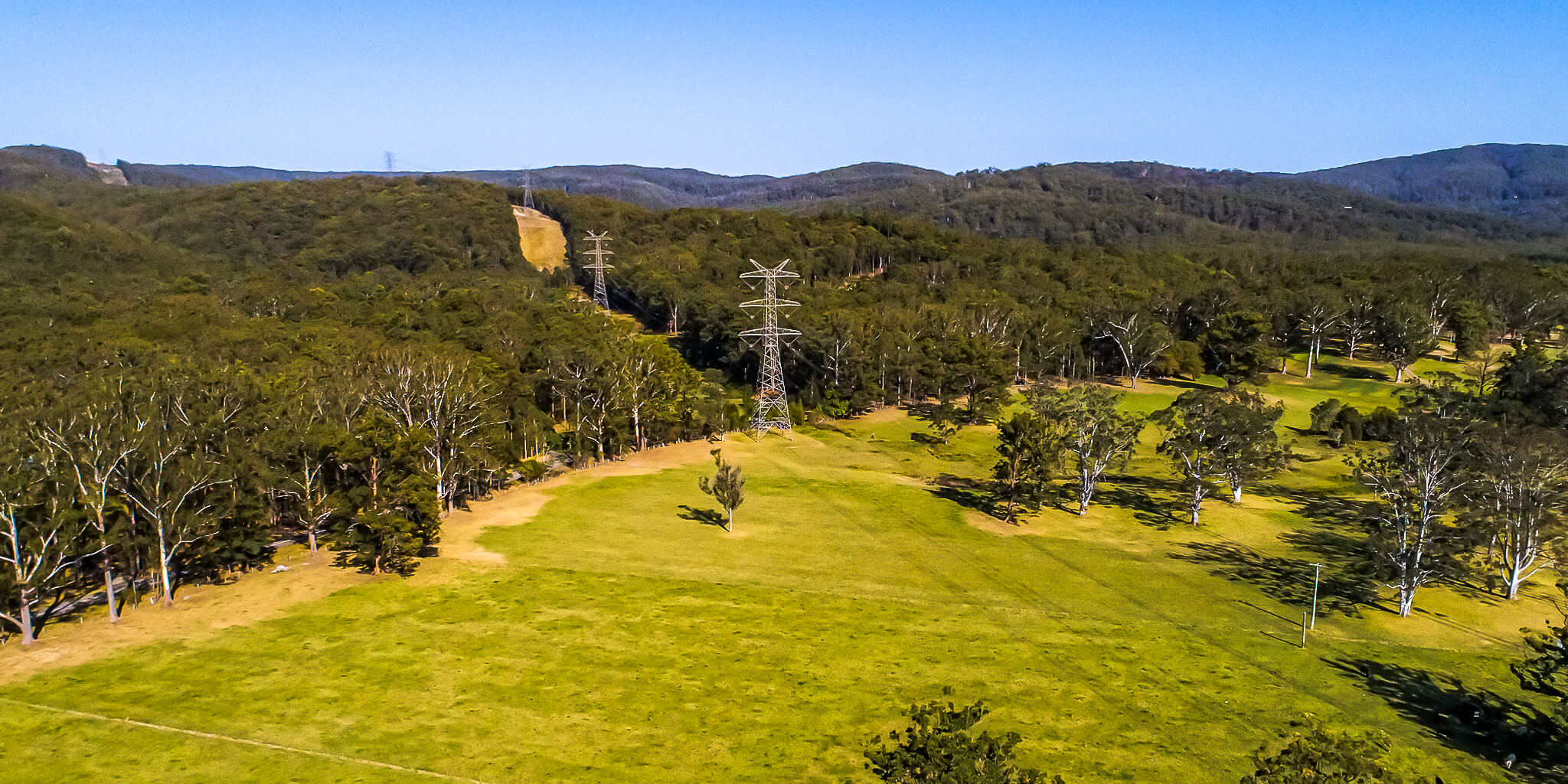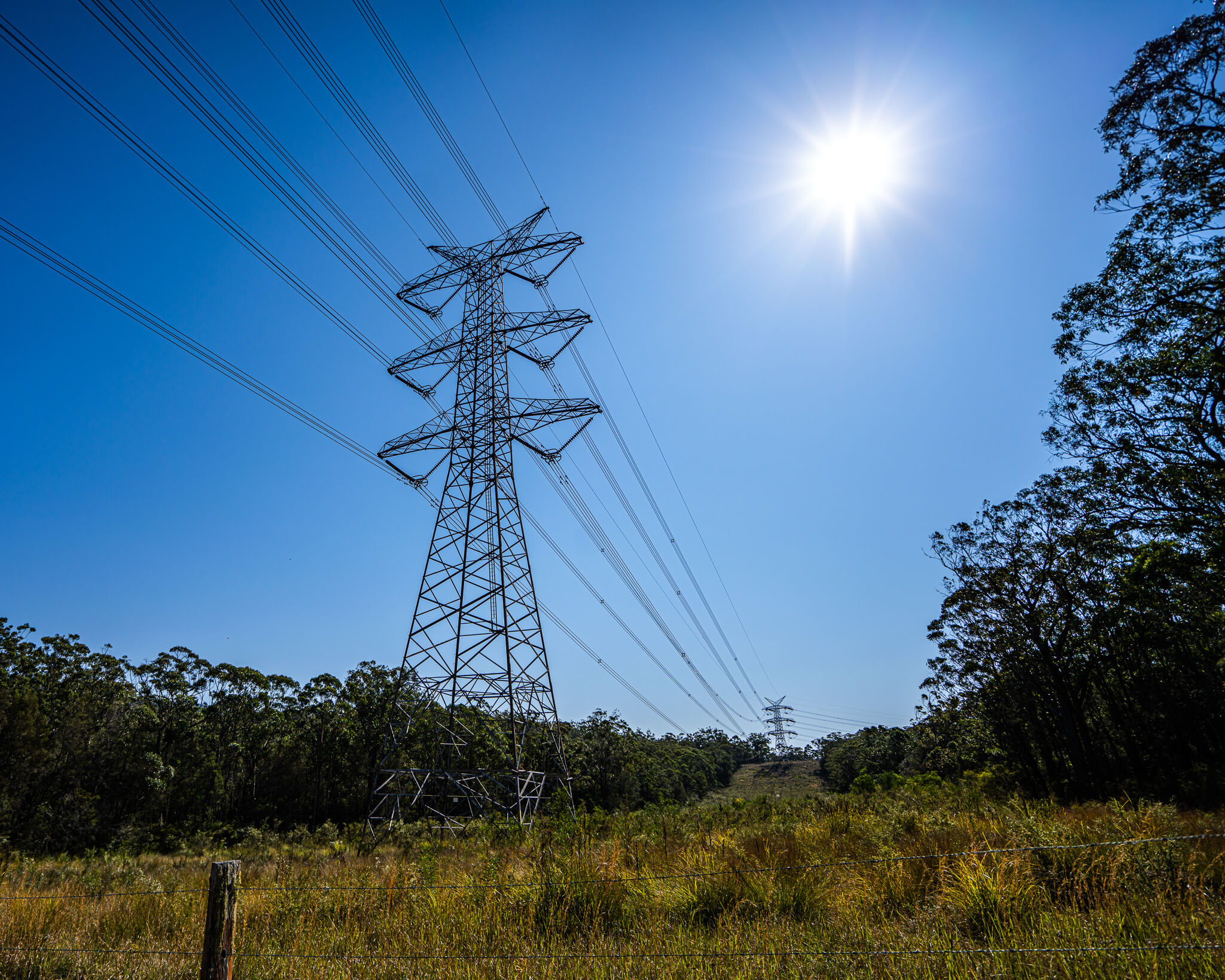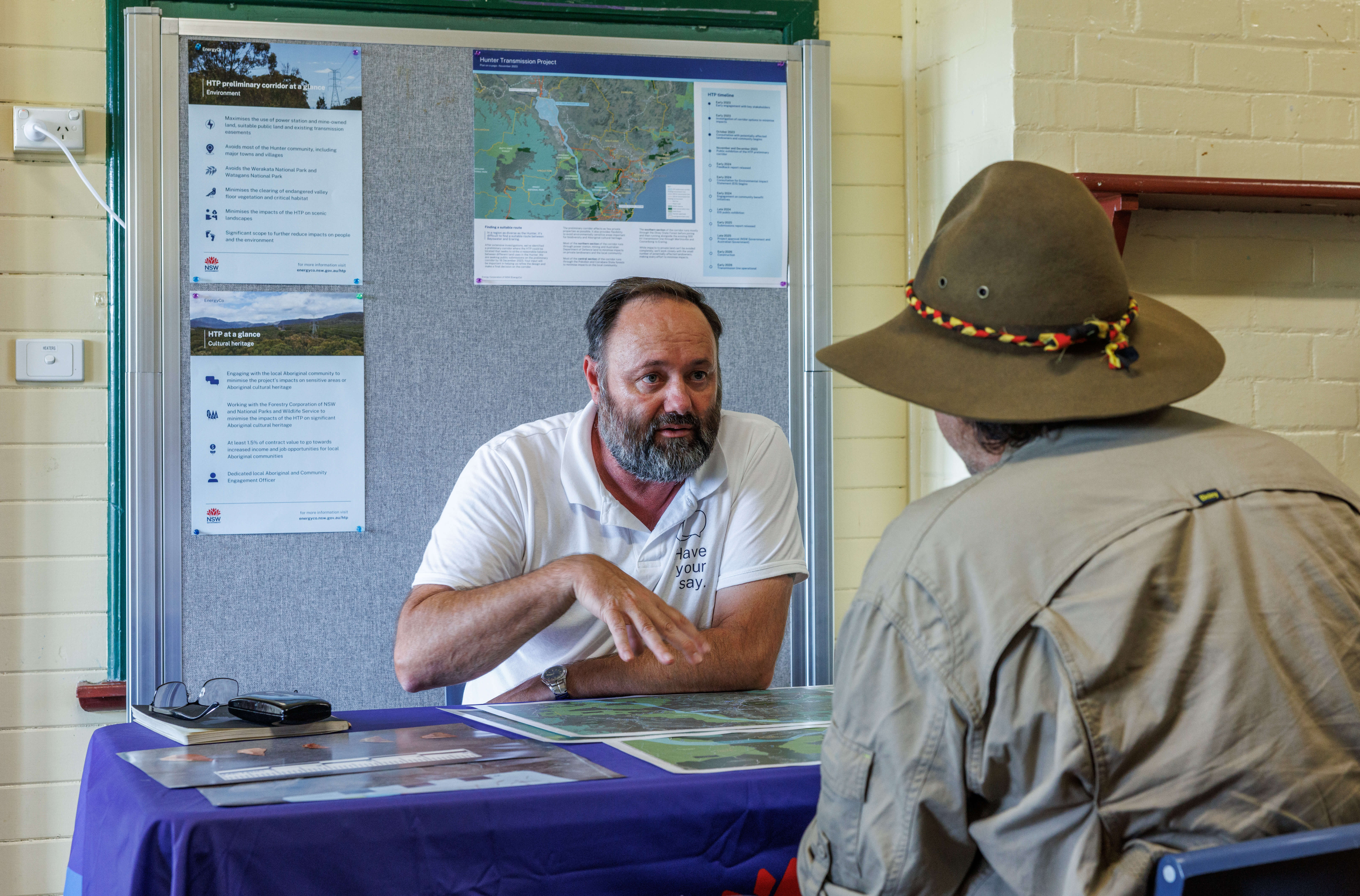-
Early engagement
We began consulting with the Aboriginal community about the project in October 2023.
-
Consultation on the environmental impact statement
We’re consulting with the Aboriginal community on potential impacts as we plan the Hunter Transmission Project. Fourty-eight Registered Aboriginal Parties (RAPs) have been involved in cultural heritage field surveys to gather data and identify areas where there are items of heritage and sites of significance.
Visit the NSW Planning Portal or the project's digital environmental impact statement for more information.
-
Project delivery
As the Hunter Transmission Project progresses through project approvals, detailed design and construction, we’ll continue to engage with Aboriginal organisations, groups and individuals to minimise impacts and maximise opportunities.
Our approach to working with Aboriginal communities
We’re committed to early, ongoing and respectful engagement with Aboriginal communities.
We’re working together to minimise the project’s impacts on sensitive areas and cultural heritage, while ensuring positive outcomes for Aboriginal people, families and communities through jobs, training and benefit sharing.
Through early and ongoing engagement, we’ve gathered local knowledge and feedback that’s helped shape the project’s design and guide how the project is planned and delivered.
Input from Aboriginal stakeholders and RAPs has directly informed the Aboriginal heritage impact assessment and the development of mitigation measures for the environmental impact statement being prepared.
We have a dedicated Aboriginal engagement officer available to answer questions, provide information, understand concerns and involve the Aboriginal community in the planning of the project.
Minimising impacts and increasing opportunities
The Hunter Transmission Project corridor has been carefully chosen to avoid or minimise impacts on Aboriginal heritage. Insights from Aboriginal stakeholders, Traditional Owners and RAPs have helped refine the project and guide measures to protect cultural values.
Wherever possible, the corridor avoids or minimises impacts on cultural heritage, including:
- key sites of high cultural significance
- features such as rock shelters, culturally modified trees and grinding grooves
- culturally significant areas identified by Aboriginal knowledge holders and field studies
- Dreaming, important viewlines, and cultural landscapes.
Where we can, we’re using land that’s already been cleared or disturbed to build the Hunter Transmission Project to help minimise impacts on Aboriginal heritage, people and the environment.
We’re committed to creating positive outcomes for Aboriginal people, families and communities through the Hunter Transmission Project.
At least 1.5% of the project’s contract value will go towards Aboriginal employment, business and training opportunities, in line with the First Nations Guidelines.
We’ll develop a benefit sharing package to ensure the Hunter community sees lasting, meaningful benefits during and after construction of the HTP. Early consultation has helped identify potential opportunities, and engagement with key stakeholders including Aboriginal service providers will be ongoing as the package is developed.
The Hunter Transmission Project’s benefit sharing package will be developed and delivered under our Community and Employment Benefit Program, which aims to:
- improve liveability in regional communities impacted by new energy infrastructure
- improve and create local employment opportunities
- improve outcomes and opportunities for participation for First Nations people
- support regional economic development
- improve community connection
- boost resilience and innovation.
An Aboriginal heritage assessment has been carried out as part of the environmental impact statement prepared for the project.
The assessment involves engagement with Aboriginal communities and RAPs, and detailed investigations including desktop studies, cultural mapping, field surveys and test excavations.
Aboriginal heritage is both tangible elements – such as stone artefacts, scar trees (culturally modified trees), rock shelters and grinding grooves – and intangible values like Dreaming, important viewlines, and cultural landscapes.
Early findings have identified 32 Aboriginal sites within the project area. Five sites of high significance will be avoided, and we'll manage all identified sites through mitigation measures during construction.
Before construction starts, we'll develop an Aboriginal Cultural Heritage Management Plan (ACHMP) in consultation with the Registered Aboriginal Parties to manage, minimise and avoid impacts.
Read more about the assessment and early findings in the fact sheet below.
Register for updates
Stay informed about the project and upcoming engagement activities by signing up to our email newsletter.
Opportunities to get involved
There are a range of ways to get involved, share feedback and access opportunities through the HTP and other EnergyCo initiatives. You can also get in touch with our community team if you have questions or want more information.
Discover opportunities to get involved and have your say as we plan this critical infrastructure, including through events, surveys and briefings.
Project updates


Learn more about the Hunter Transmission Project
Get in touch with the HTP community team
Phone us on 1800 645 972 (9 am to 5 pm, Monday to Friday)
Get in touch with EnergyCo
1800 118 894 (9am to 5pm, Monday to Friday)
Sign up for our Powering NSW e-newsletter.
